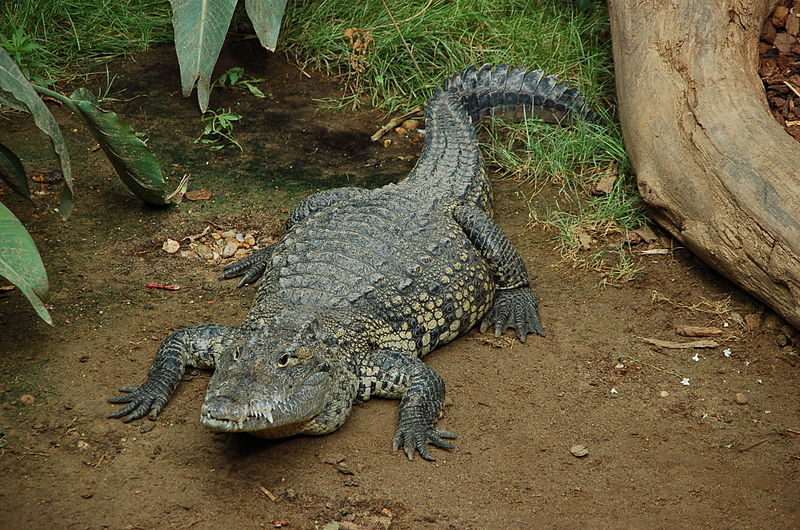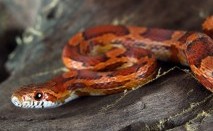
Category: Reptiles

Also, known as the Mexican crocodile, this species inhabits freshwater ecosystems of the Atlantic regions of Mexico, Belize, and Guatemala. It was not until the 1920s that it was recognized as a species separate from the American and Cuban crocodiles, with whom it was long confused. They are opportunistic predators and will eat nearly any prey that they can over-power, including humans.
https://en.wikipedia.org/wiki/Morelet's_crocodile
http://www.aquaticcommunity.com/crocodiles/mexican.php

Please stop blaming snakes for everything
From Medusa to the Bible to Harry Potter, snakes have a bad reputation, but the vast majority are quite harmless - in fact, only about 20% of snakes are venomous, and the bites of less than 7% of snakes are considered medically important! Aside from venomous snakes, there are a few large constrictors that are dangerous, as well. But the truth is that the vast majority of snakes you come across in the wild would prefer to stay out of your way and be left alone! Even in Australia, the only continent in the world where venomous snakes outnumber the non-venomous, there are only 2-4 deaths by snake recorded each year. You are far more likely to be die from a bee sting - or another human - than be hurt by a snake!
Learn more >>
 Discover Animals is a web-based educational resource offered by the NAIA
Discover Animals is a web-based educational resource offered by the NAIA